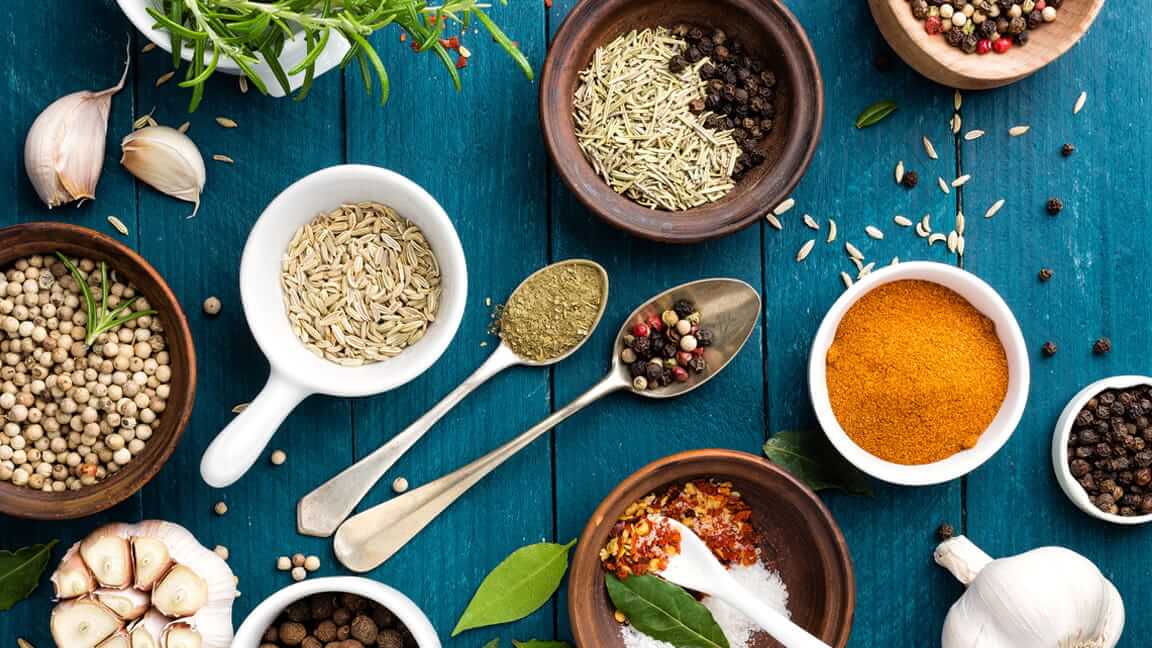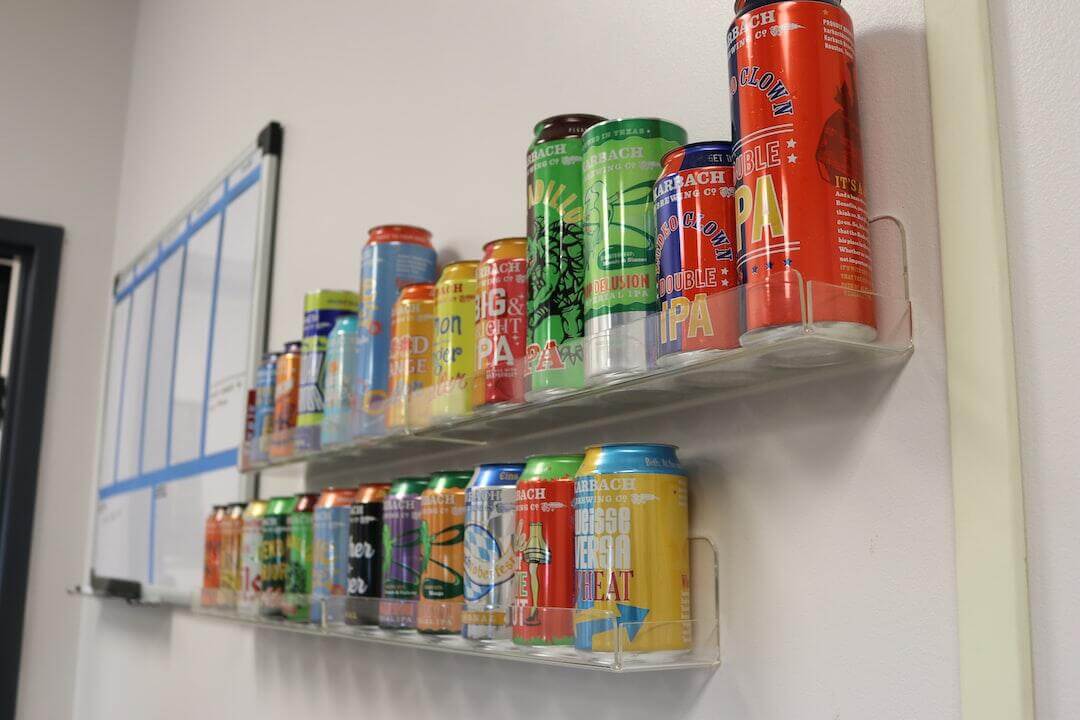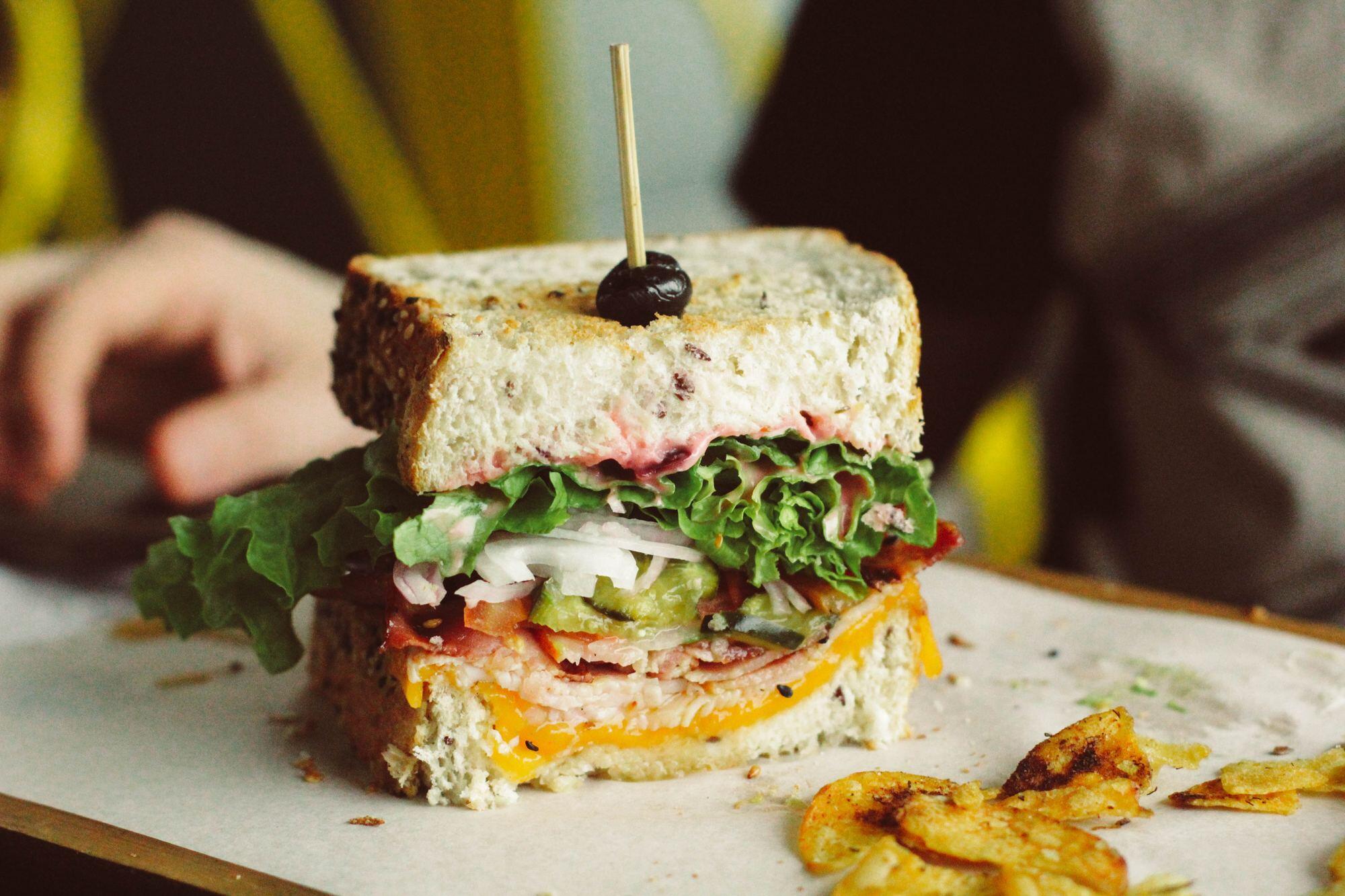Discover how to make any dish taste better with the right mix of seasonings and spices. Are you bored with using the same spices over and over? This guide will introduce you to new and exciting flavor combinations.
Every cuisine has its own unique seasonings, each adding special taste and aroma. Learn which spices go best with your favorite dishes and how to use them to create delicious meals. Say goodbye to bland food and hello to exciting flavors!
Join us as we explore the most popular spices from around the world and how to use them in your cooking.
1. Aromatic Herbs for Mediterranean Delights
The Mediterranean region is known for its vibrant flavors and fresh ingredients. Aromatic herbs such as basil, oregano, and thyme are essential when creating dishes inspired by Italian, Greek, or Spanish cuisine. These herbs not only add a pleasant fragrance but also provide a depth of flavor that can turn a simple pasta dish or salad into an unforgettable experience.
For instance, a sprinkle of dried oregano on a margherita pizza can enhance its richness, while fresh basil adds a refreshing note to a Caprese salad. Mixing these flavors with olive oil creates a vibrant dressing that can be drizzled over grilled vegetables or used as a marinade for meats.
2. Fiery Spices from Latin America
When we think of Latin American cuisine, boldness is key. Chili powders, cumin, and coriander are a few of the seasoning spices that bring a warm and inviting punch to dishes like enchiladas, tacos, and ceviche. The depth of these spices highlights the authenticity in recipes, making them staples in any well-stocked pantry.
For those who enjoy a kick, adding cayenne pepper or chipotle will not only heat up your dish but will introduce smoke and complexity to its flavor profile. Experimenting with various combinations can yield delightful results, so don’t hesitate to get creative!
3. Warmth from Indian Curries
Indian cuisine is celebrated for its layers of flavors and aromas, and the secret often lies in its unique spices. Items like turmeric, garam masala, and cumin form the backbone of many dishes. These seasoning spices not only lend their colors and warmth but also contribute significant health benefits; turmeric, for example, is known for its anti-inflammatory properties.
For depth, try creating your own curry powder by combining various spices to achieve a personalized blend. This can enhance your curries and lentil dishes, making your cooking journeys more rewarding.
4. Asian Influences with Umami
Asian cuisines-like Chinese, Japanese, and Thai-rely heavily on umami flavors. Soy sauce, fish sauce, and sesame oil are integral in achieving that savory profile. Adding star anise or Szechuan peppercorns can create a remarkable depth of flavor when preparing stir-fries or noodle dishes.
Pairing these seasoning spices with fresh ingredients such as ginger, garlic, and scallions can elevate your meals to restaurant-quality dishes. The combination of hot, salty, sweet, and sour flavors is what makes Asian cuisine so beloved.
5. Subtle Spice Blends for African Dishes
African cuisine features a rich tapestry of spices, where blends like berbere and ras el hanout are commonplace. These seasoning spice mixes can vary significantly from region to region, each offering unique tastes that reflect local ingredients and traditions. For example, berbere, a spice blend from Ethiopia, combines chili peppers, garlic, ginger, and several intricate spices to create a warm and delightful seasoning.
Ras el hanout, often found in Moroccan dishes, might contain up to 30 ingredients, making it remarkably complex and flavorful. Utilizing these blends can transform tagines and stews into extraordinary culinary experiences.
6. Herbs and Spices for U.S. Southern Classics
Herbs and spices are essential ingredients in traditional Southern cuisine, adding depth and flavor to iconic dishes like fried chicken, gumbo, and collard greens. In the Southern United States, a blend of different cultures has resulted in a unique culinary style that relies heavily on these aromatic ingredients.
Some of the most commonly used herbs and spices in Southern cooking include cayenne pepper, thyme, garlic, and bay leaves, which add a spicy, earthy, and savory touch to dishes. Paprika, onion powder, and parsley are also popular choices for seasoning meats and vegetables. The use of herbs and spices in US Southern classics showcases the rich and diverse cultural heritage of the region, making each dish a flavorful representation of its history.
7. Freshness with East Asian Spices
East Asian cuisines, especially Vietnamese and Thai, emphasize fresh ingredients paired with flavorful spices. Ingredients like lemongrass, kaffir lime leaves, and galangal add a layer of freshness to dishes that is hard to replicate. These ingredients are integral in creating iconic dishes like pho and green curry.
Incorporating these unique flavors into your cooking will not only delight your palate but also provide a health boost, as many of these plants are known for their medicinal properties.
8. Exotic Flavors from the Middle East
The Middle Eastern spice profile is famously aromatic, featuring spices like sumac, za’atar, and saffron. These seasoning spices create an atmosphere of comfort and warmth, familiar in dishes such as kebabs, hummus, and falafel. Za’atar, a wonderful herbal blend, brightens salads and roasted vegetables.
Saffron, recognized as the world’s most expensive spice, provides a unique flavor and color to rice dishes, leaving an indelible mark on any feast. Integrating these spices creates not just meals but experiences centered around tradition and authenticity.
Regardless of your culinary ambitions, it’s essential to have a variety of seasoning spices at your fingertips. With these options, you can explore, experiment, and embrace the richness of flavors from different cultures. Additionally, consider incorporating organic spices to ensure quality and authenticity in your meals.
Discover the Best Seasoning Spice Options for Every Cuisine
Choosing the right seasoning can elevate any dish to the next level, adding depth and complexity to its flavors. With a wide variety of spices available, there are endless possibilities to experiment with and create unique and delicious dishes from different cuisines.
So go ahead, explore and add some spice to your cooking! Don’t be afraid to mix and match, the possibilities are endless. Happy cooking!
Looking for more tips and advice? You’re in the right place! Make sure to bookmark our page and come back to check out more interesting articles.



